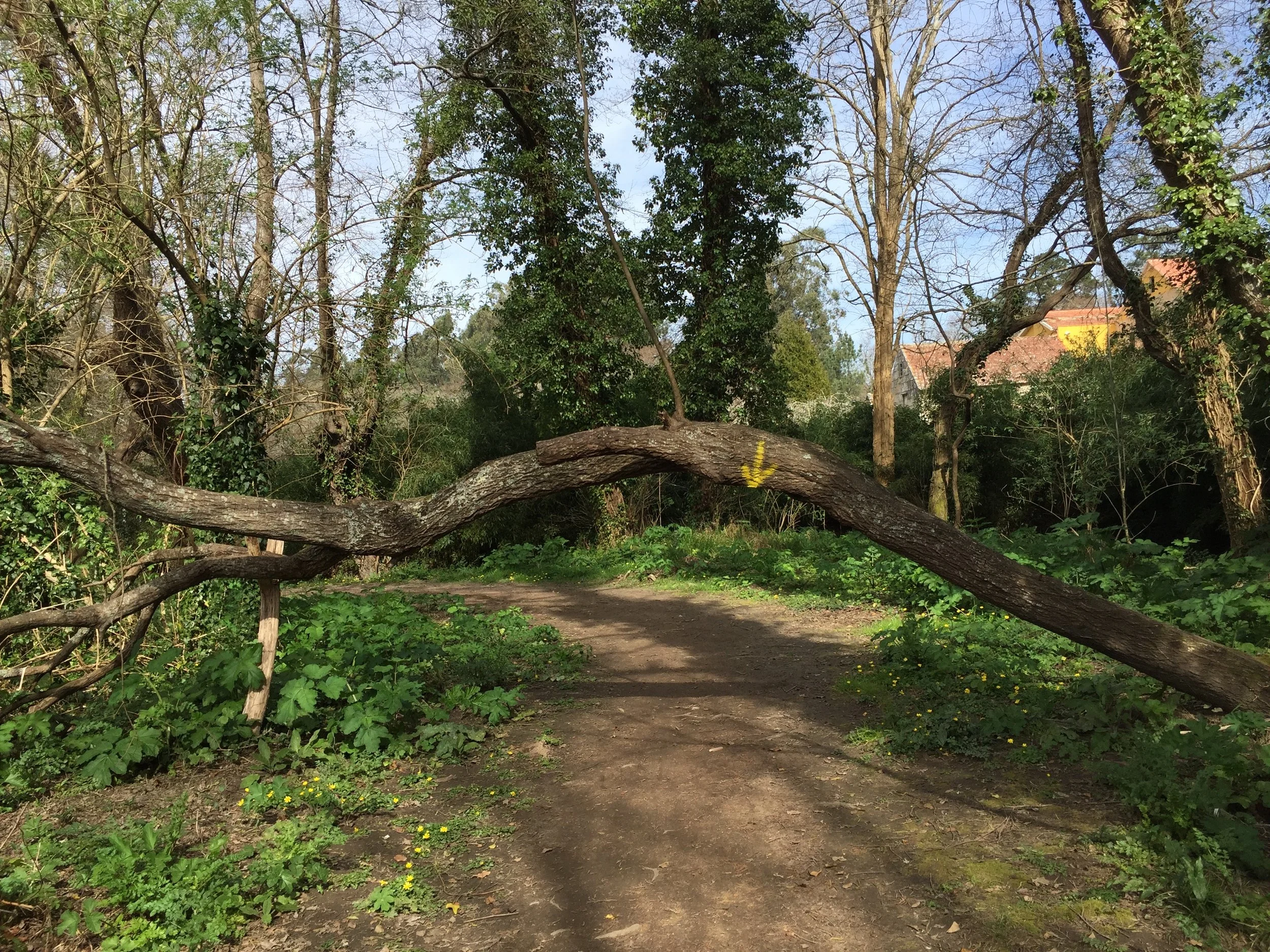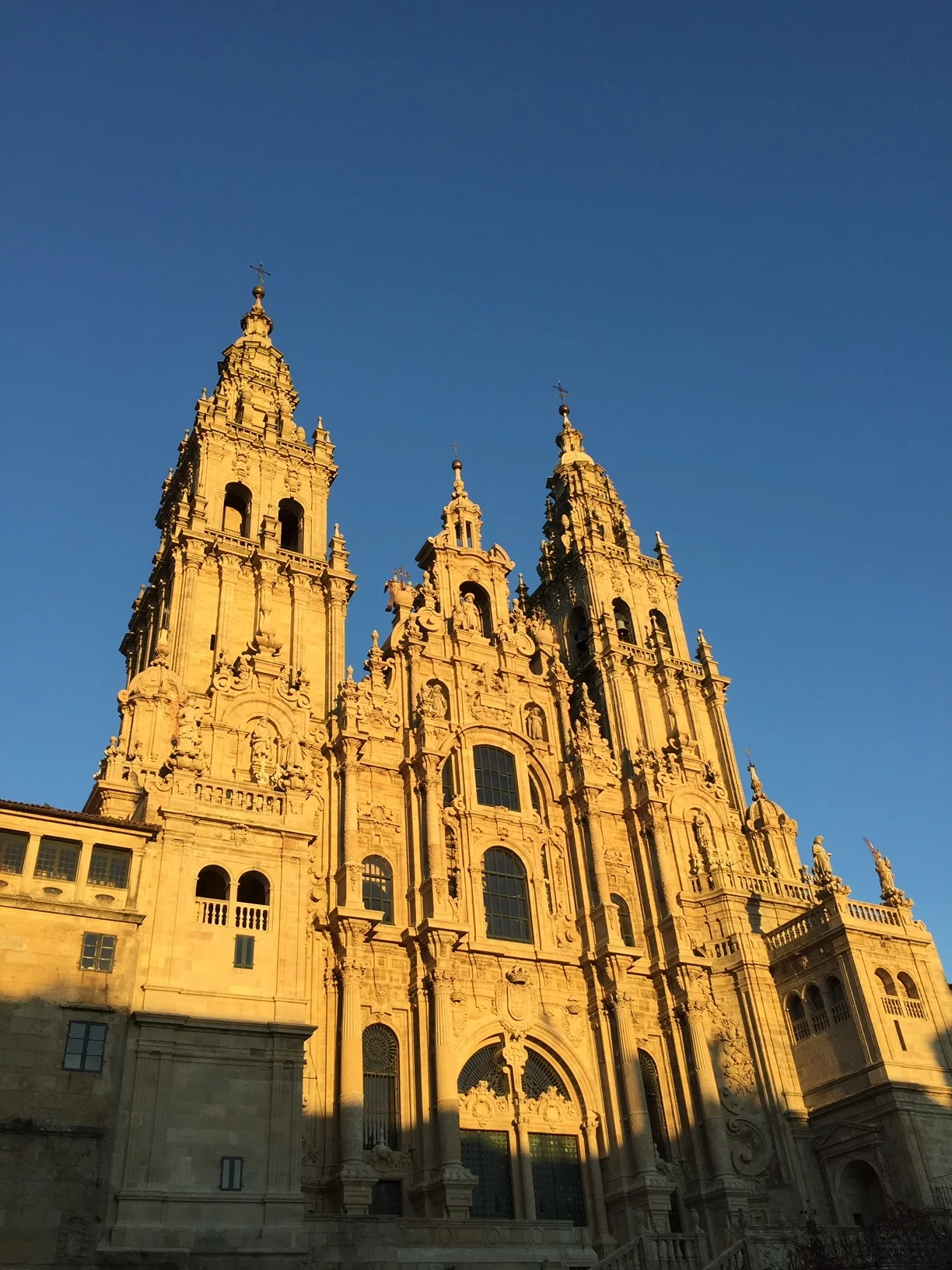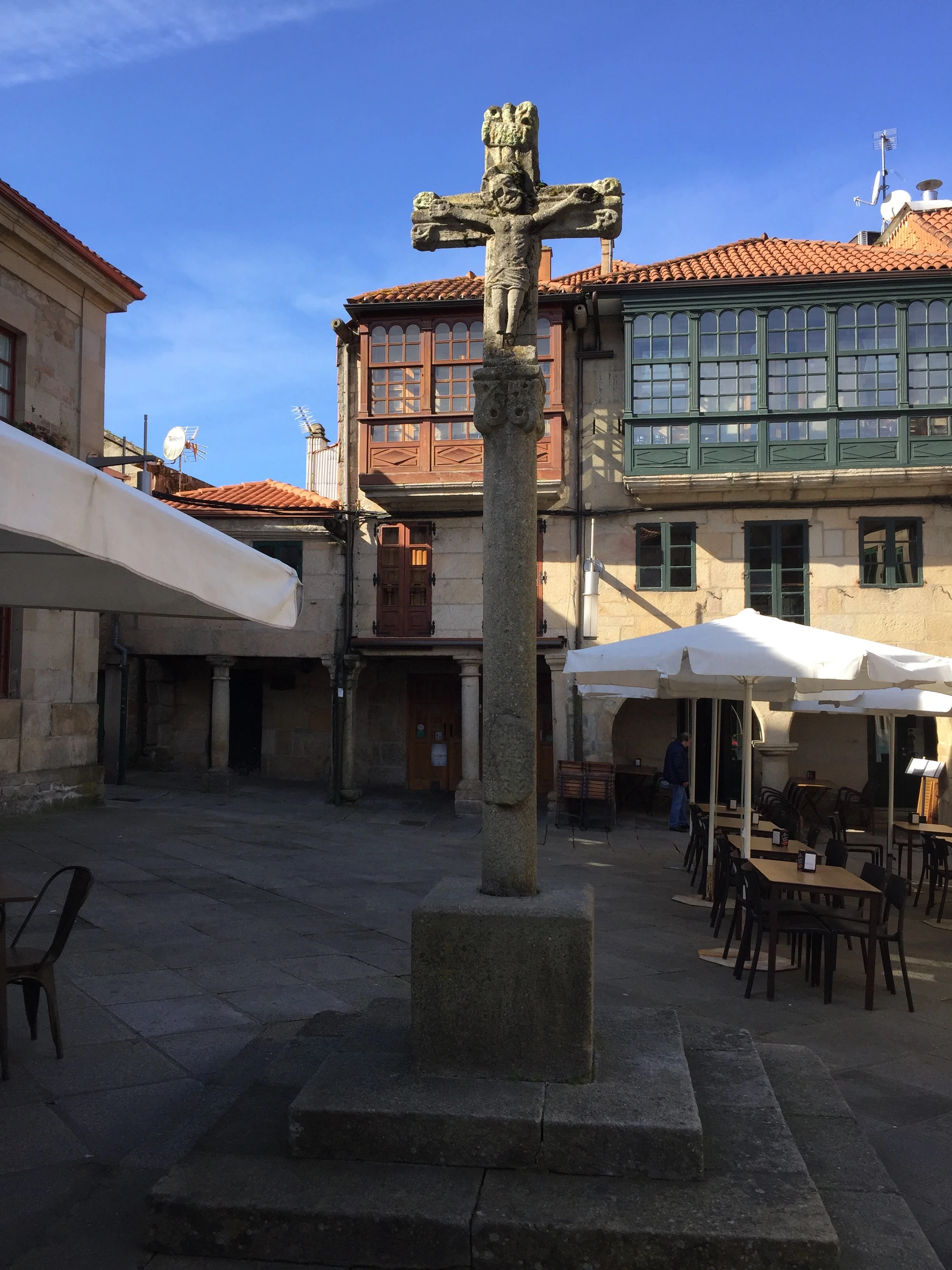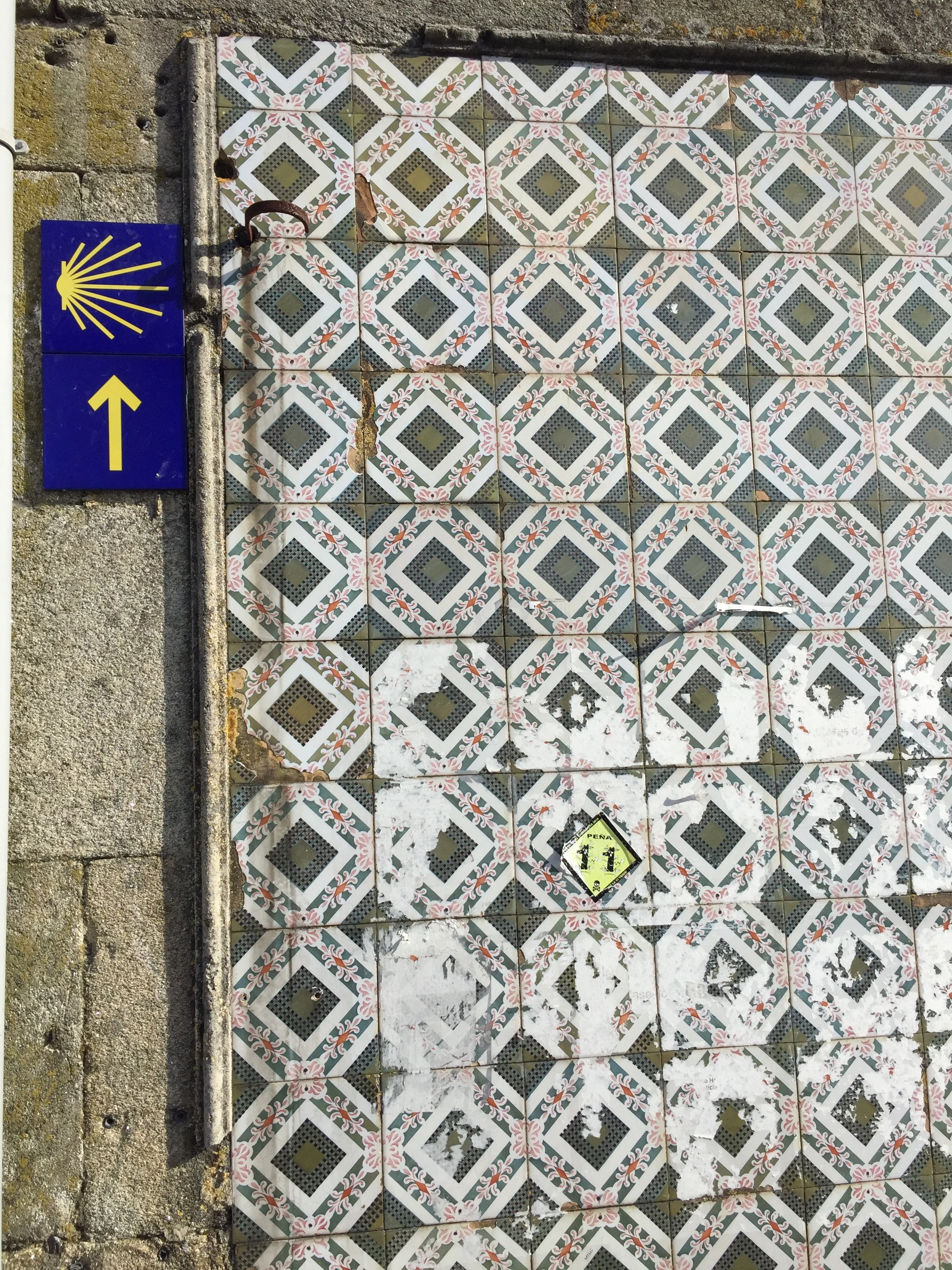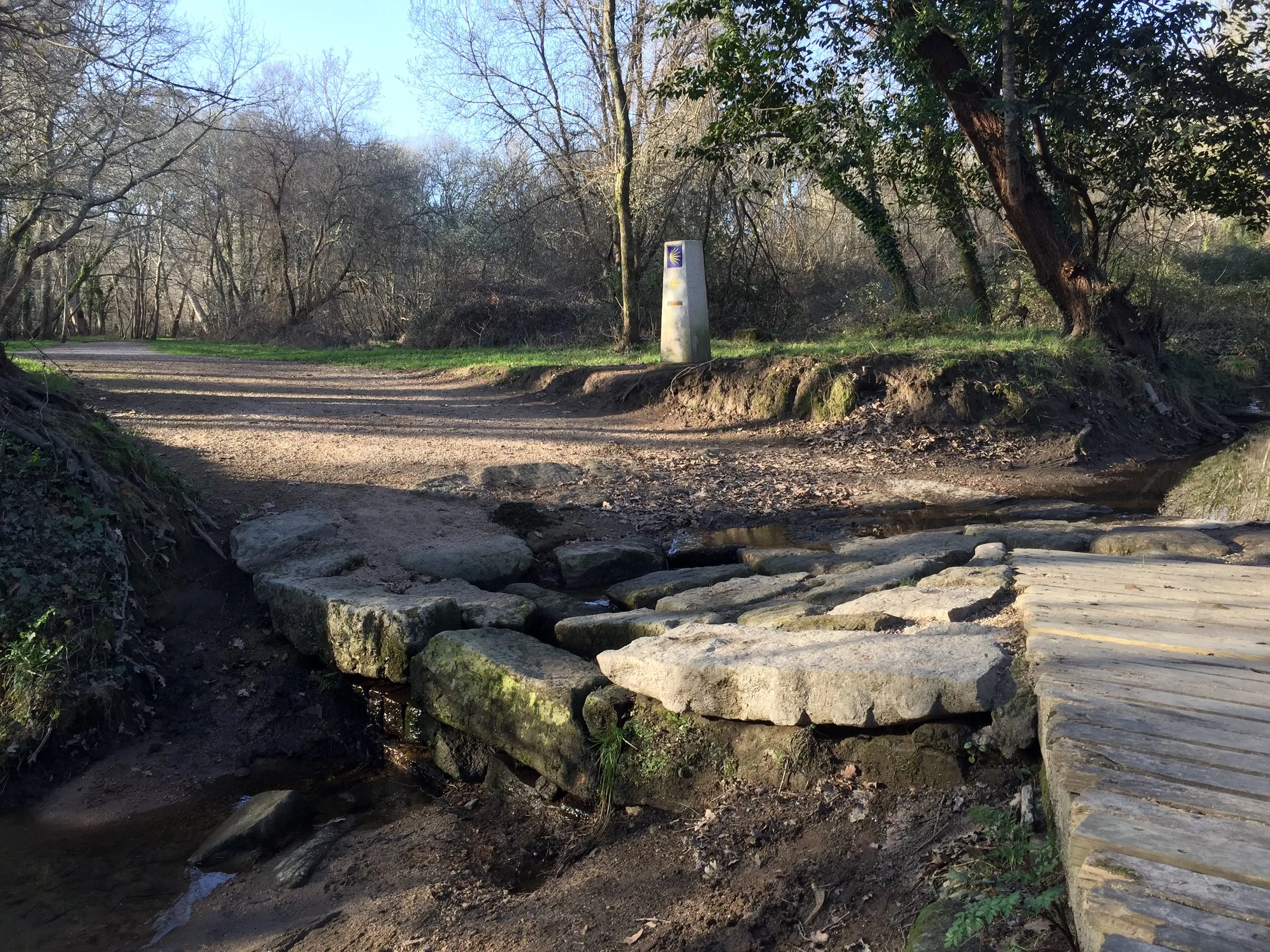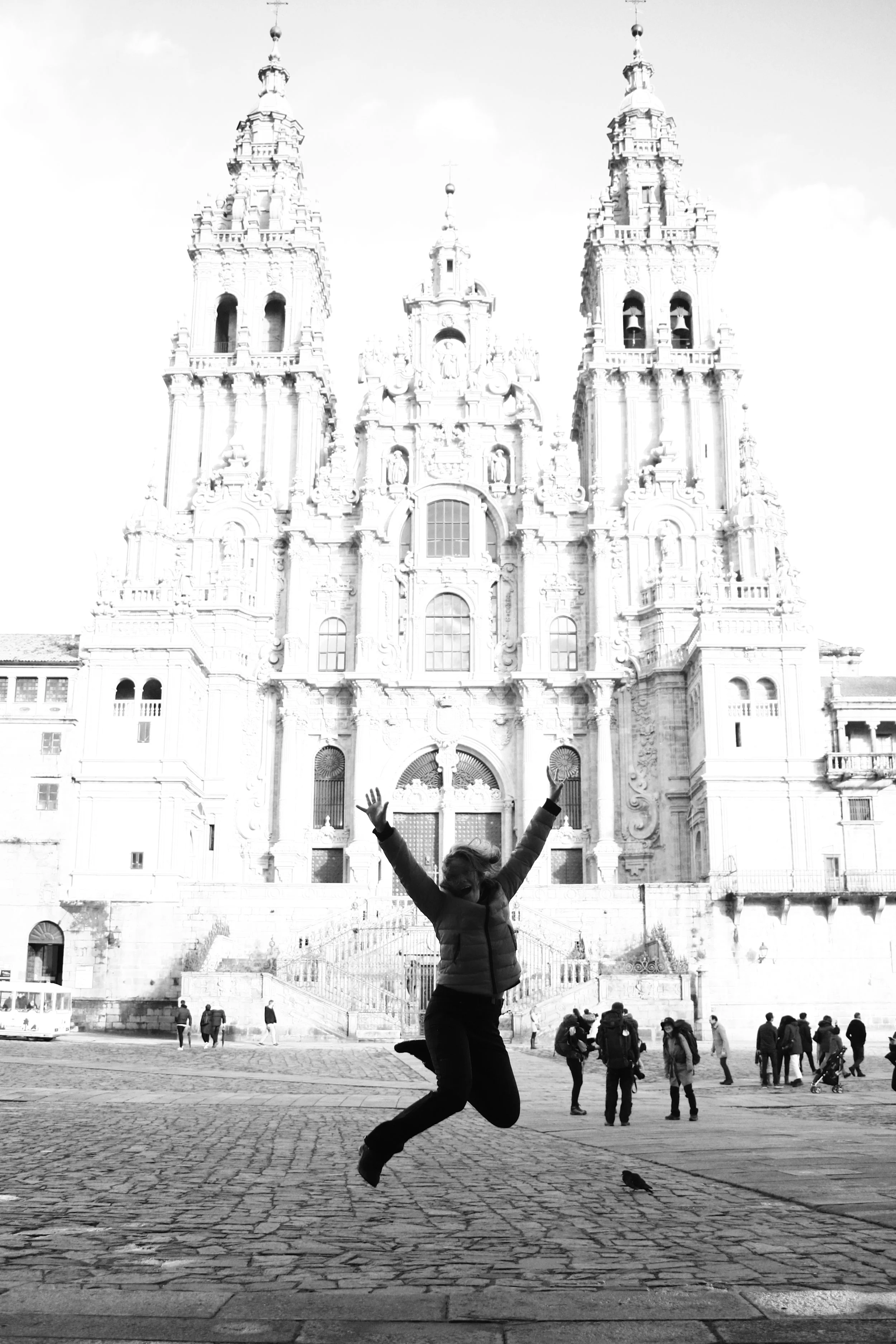HISTORY AND CULTURE
Patti and Reina will be providing written texts for participants during the pre-Camino process, including sections on the history of the Camino and of Galicia. Reina, our guide from Santiago de Compostela, will be providing a close up, intimate view of the local culture and history of Santiago de Compostela and the surrounding area while we are in Spain.
SAMPLE FROM PRE-CAMINO WRITTEN MATERIAL, HISTORY SECTION
Legends abound about the Camino. Of course the one that is most well known today is the one concerning the relics of St. James, an important disciple of Jesus, which the Cathedral of Santiago (Spanish for St. James) was built to hold. It was pilgrimages to visit the relics of St. James and popularized the Camino in the Middle Ages.
According to that legend, when Jesus’s disciples were sent to bring the word of Jesus to the world, James was sent to Iberia. Discouraged by his lack of success, he prayed to the virgin mother as he passed through central Spain on his way back to the Holy Land and was granted a vision of the Virgin Mother (who was still alive at the time!) appearing on a stone pillar. The great cathedral in modern day Zaragoza, The Basilica of Our Lady of Pilar, was built at the site of this vision. Our Lady of Pilar is now the patron saint of all of Spain.
Once back in the Holy Land, Santiago, St. James, was beheaded by Herod in 44 AD, becoming the first martyred apostle. That part of the story is considered historical and is mentioned in the Gospels. After that, the story becomes mythical and versions vary, but almost all tell of the body of James being put on a boat, often a boat of stone and often without oars or living helpers. Local legends say that two women accompanied the body of St. James on this boat. The boat miraculously travels from the Holy Land to the west coast of Spain to Galicia. There some legends say that it was met by the few disciples of James remaining there who bury his body on a hill, a hill that was later to become the site of the city of Santiago de Compostela.
There are a variety of stories about what happened when this boat arrived in Padron, Galicia. Some involve a Queen Lupa, who ruled the land and had to grant her permission before the body could be entombed. Most stories involve the disciples of Santiago having to pass tests that she set, such as harnessing wild oxen or taming wild bulls. Interestingly, these stories parallel stories from many parts of the world that have transitioned from a matriarchal to a patriarchal social structure and faith. Remnants of old matriarchal ways persist in many parts of rural Galicia to this day.
After the burial, there is no more word of Santiago again until the year 813 when legend has it that a shepherd named Pelayo heard music and saw lights shining over a cave.
Pelayo dug and found bones and parchment which he took to the bishop who authenticated the bones as those of St. James and two of his disciples. According to that story, these remains were buried in a tomb, around which was built a grand cathedral, the Cathedral of Santiago de Compostela.
Though Galician archaeologists have confirmed that a tomb under the cathedral does indeed contain a headless body, there is some question as to whose body it actually is. It could be the body of St. James. Alternatively, some evidence suggests that the coffin might come from a pre-Christian cemetery that was in that location or that it contains not the remains of St. James but instead the remains of Priciliano, a Spanish bishop who was beheaded for heresy and sorcery when he would not abandon the old ways of the region.
Nobody can know for sure. But in the 9th century, the tomb soon began drawing Christian pilgrims and before long a city began to form, Santiago (St. James) de (of) Compostela (field of stars or burial ground). You can visit the tomb of St. James in the cathedral in Santiago.
THE BODY
It is perhaps impossible to describe in words what happens in a body when it is allowed to be itself, walking, just walking, day after day without stress. The mind, heart and soul can hardly help but be one with the body. And once the commitment is made to walk a Camino, walking even in ordinary ways at home can take on a new feeling of significance. It will be important to walk as much as possible in the months leading up to the Camino in order to feel as comfortable as possible once you are walking in Spain. We will be providing support and guidance for this for those who need it. One of the 2018 participants credits her Camino preparation for bringing her back to health after a long period of illness. She still walks long distances most weekends.


